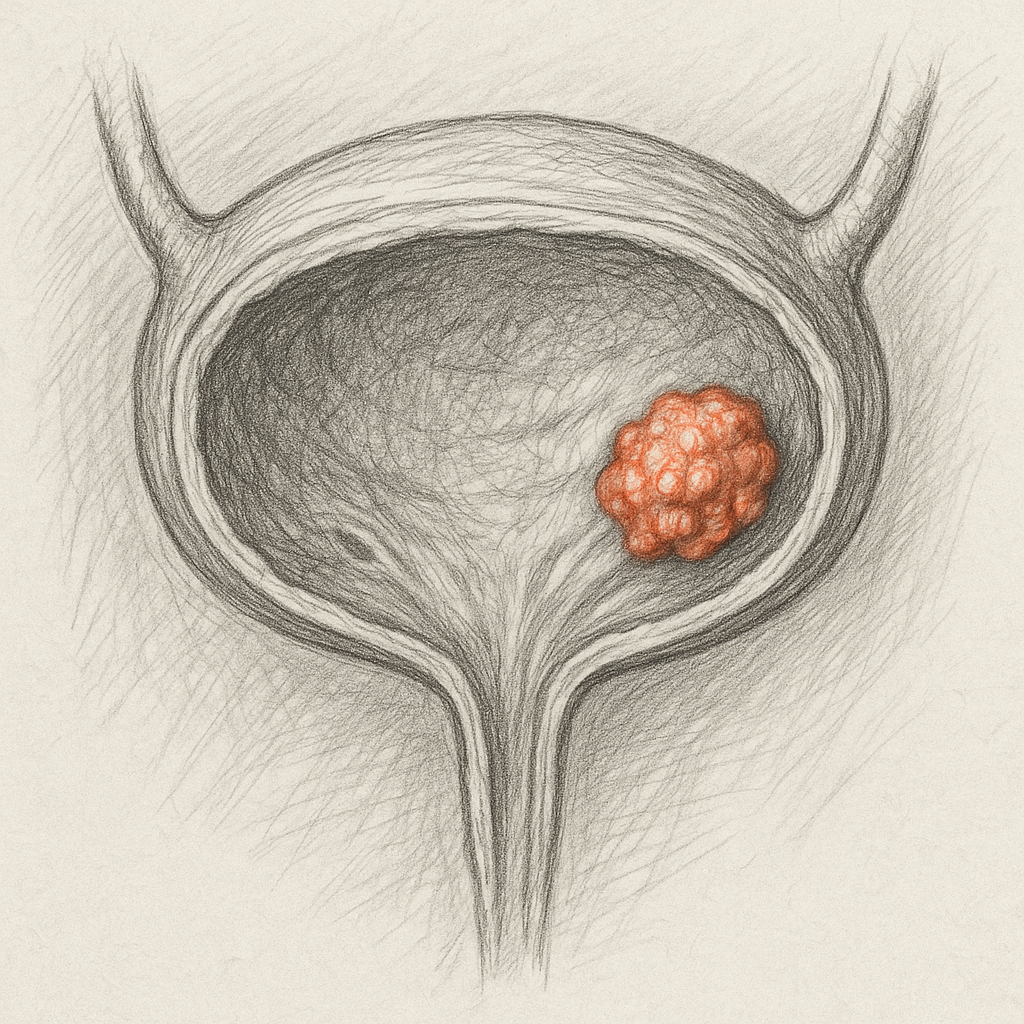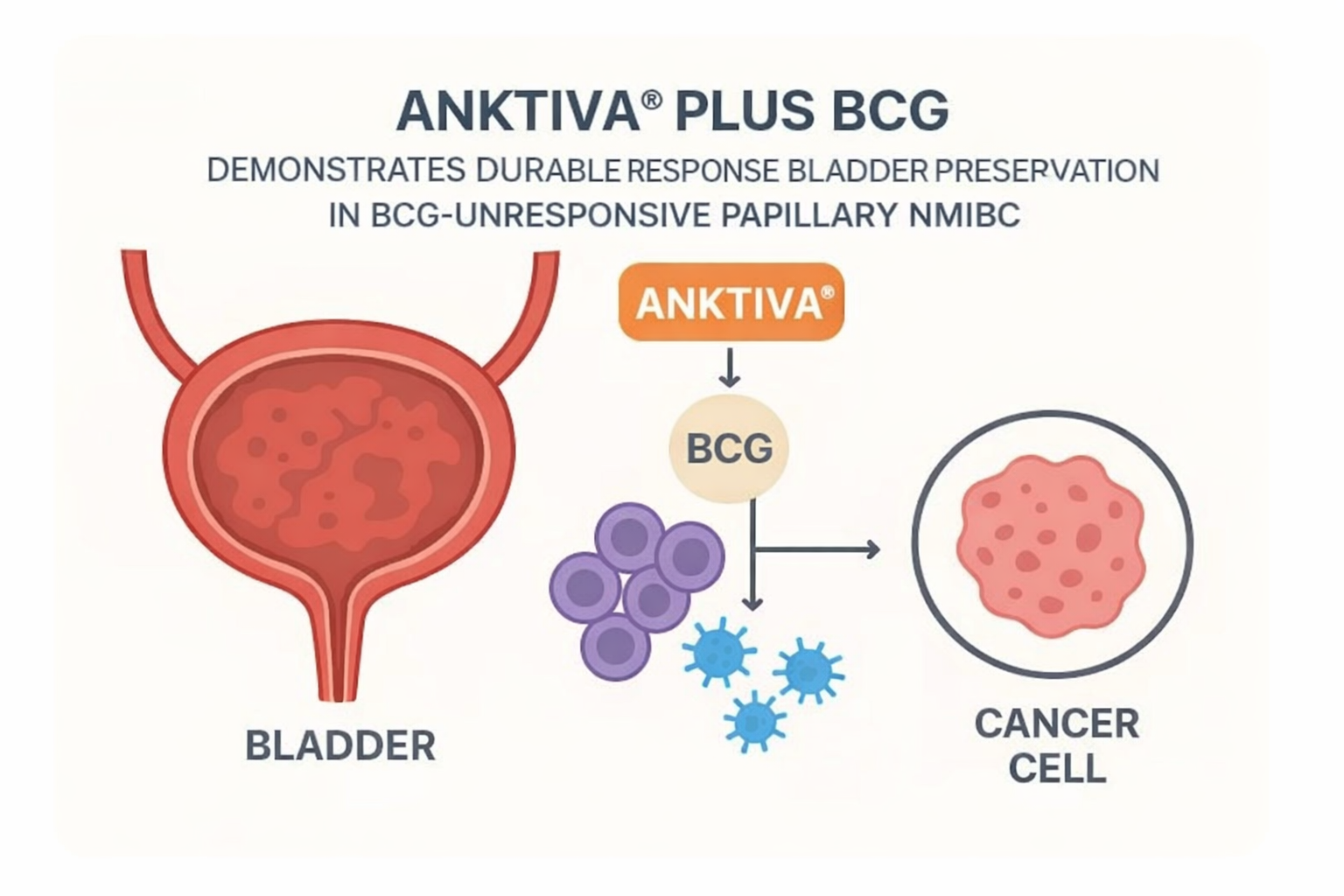

Source: European Urology
URL: https://www.sciencedirect.com/science/article/pii/S0302283825001915

The Xpert Bladder Cancer Monitor (XBCM) urinary biomarker test can safely reduce cystoscopy frequency by 55% in high-grade NMIBC surveillance when alternated with standard cystoscopy. This strategy maintains oncological safety with non-inferior recurrence detection and may provide an anticipatory effect, detecting molecular evidence of recurrence up to 1 year before visible tumors appear on cystoscopy.
Study Design & Population
- Study type: Randomized, multicenter, non-inferiority trial (DaBlaCa-15)
- Sample size: 392 patients (187 control, 190 intervention)
- Population: High-grade NMIBC patients disease-free at inclusion cystoscopy
- Follow-up: Median 24-25 months across four Danish urological centers
- Primary endpoint: Recurrence-free survival for high-grade NMIBC, MIBC, or metastatic urothelial carcinoma
Key Findings
- Primary outcome: Non-inferior recurrence detection with 0.08% risk difference (95% CI −7.3% to 7.4%, p = 1)
- Cystoscopy reduction: 455/1029 intervention visits vs 1029/1042 control visits required cystoscopy
- Recurrence rates: 22/190 (12%) intervention arm vs 21/187 (11%) control arm at 24 months
- XBCM performance: 91% sensitivity, 65% specificity, 99% negative predictive value for high-grade disease
- Anticipatory detection: 13/22 recurrences detected by XBCM median 8.3 months before histological confirmation
- Safety profile: Only 2 pTa high-grade recurrences missed by XBCM (detected at scheduled cystoscopies)
Clinical Implications
- Cost reduction potential: 55% fewer cystoscopies without compromising oncological outcomes
- Patient burden reduction: Significant decrease in invasive procedures and associated morbidity
- Early detection advantage: Molecular biomarker identifies recurrence before visible tumor development
- Guideline impact: First randomized evidence supporting biomarker-guided surveillance strategies
- Upper tract surveillance: All 4 upper tract cancers in intervention arm detected via XBCM-prompted imaging
Limitations
- Lower recurrence rate: 11-12% observed vs 50% expected, limiting statistical power
- Single biomarker: Results specific to XBCM, may not generalize to other urinary biomarkers
- False positives: 91 patients (48%) had positive XBCM during study, only 40% had verified recurrence
- Short follow-up: Long-term oncological safety requires validation beyond 24 months
- Population heterogeneity: Mid-trial inclusion criteria change may affect generalizability



